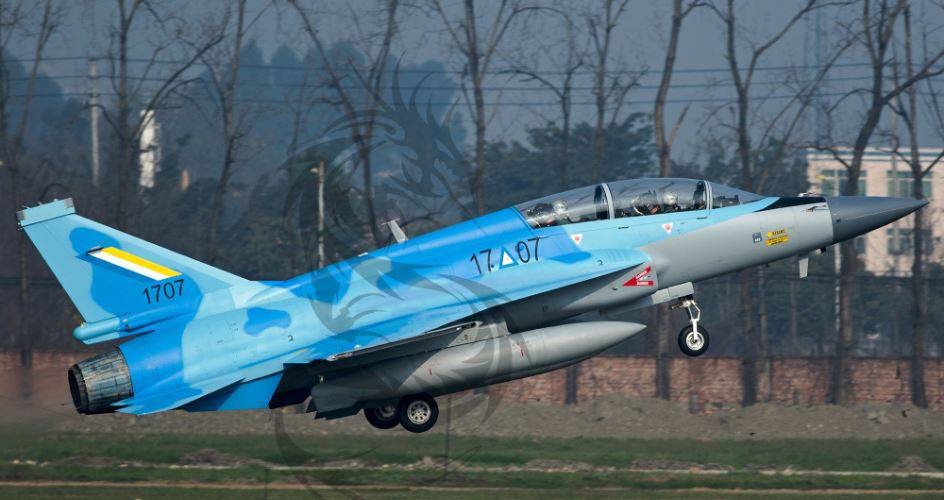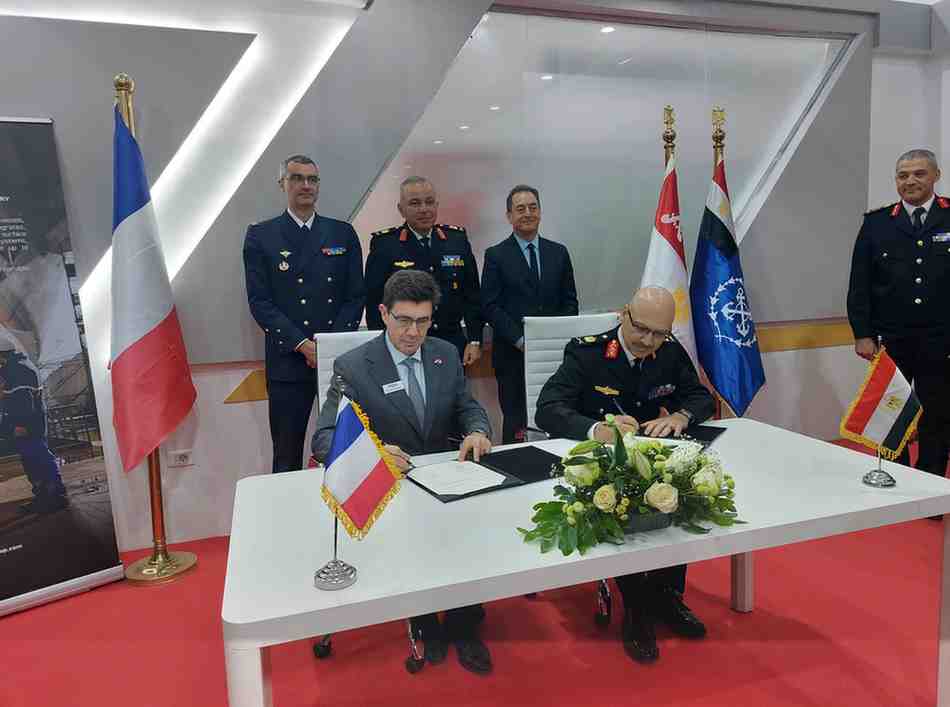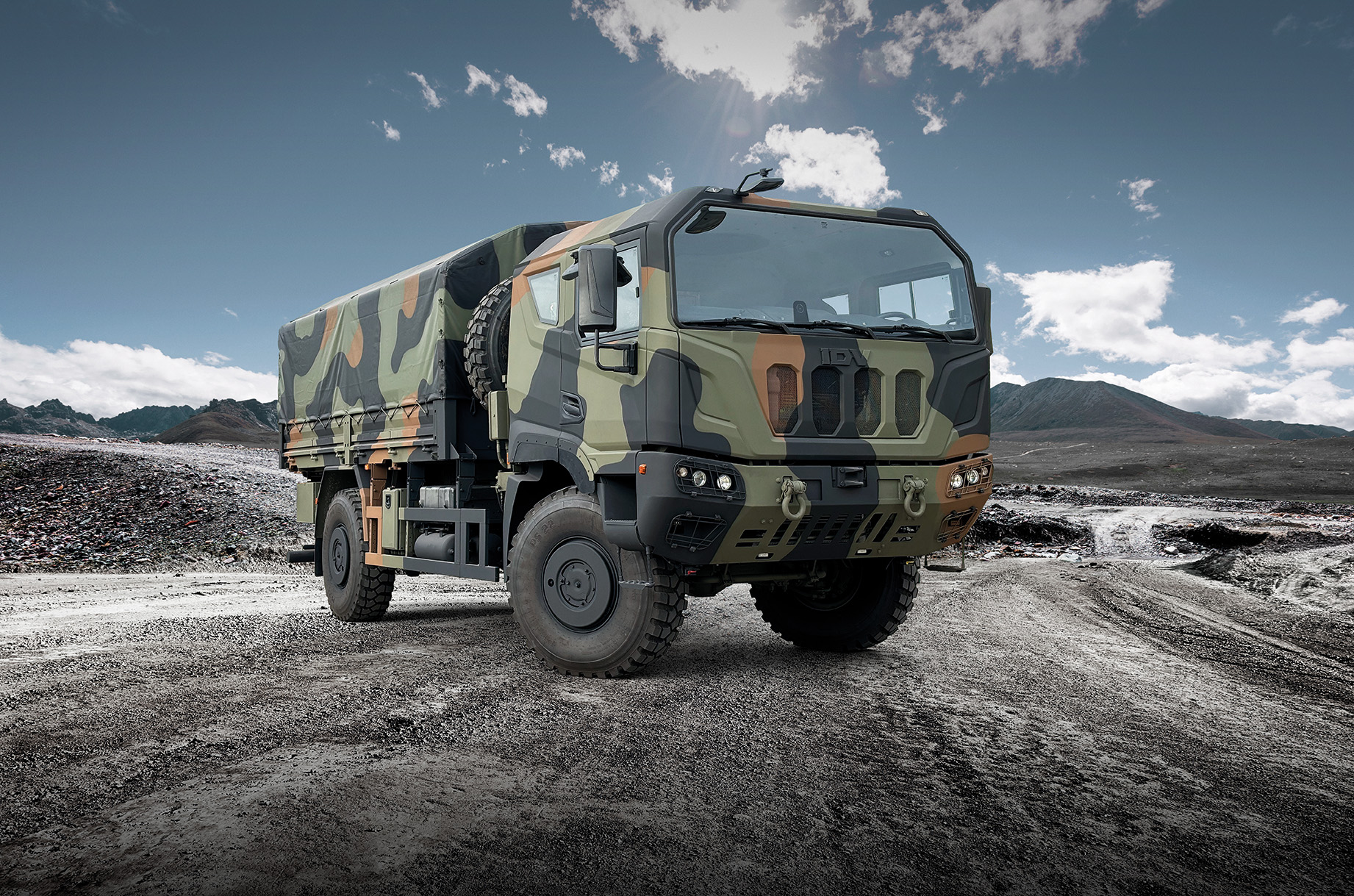From Pakistan’s point of view, JF17 is a highly successful and cost-effective program that has delivered more than 140 aircraft to its air force. Developed jointly with China for Pakistan-specific requirements, the Pakistan Air Force (PAF) adopted a block approach for JF17 development and production. The initial Block-I fighters were inducted without some capabilities like air-to-air refueling and integration of BVR missiles. These capabilities were introduced in the Block-II aircraft. The earlier Block-I aircraft were then brought to the Block-II standard along with strengthened wing roots for carrying heavier ordnance. Block-II aircraft were followed by 26 twin-seat JF17B with redundant fly-by-wire (FBW) control. Then came Block-III aircraft with KLJ7A AESA radar, strengthened airframe, Missile Approach Warning System (MAWS), Smart helmet integrated with PL10 HOBS missile, three-axis FBW, PL-15 long-range, active AESA radar-guided air-to-air missiles, internal electronic warfare suite and other features and weapons taking the JF17 to 4.5 generation standards. It is now a true multirole fighter with a variety of air-to-air, air-to-ground, and anti-ship weapons and sensors. With the source codes for its mission and flight computers, PAF can integrate different indigenous and foreign sensors and weapons onto the aircraft without any restriction and this is a major advantage of the JF17 which is armed with Pakistani, Chinese, and Turkish systems.
Today JF17 is the workhorse of PAF having replaced A5 and F7 aircraft and gradually replacing the F7PG and Mirage fighters. It has participated in PAF operations in the war against terror, accurately delivering precision-guided munitions on terrorist hideouts. JF17 also shot down an Iranian drone violating Pakistani airspace but its hallmark was the accurate delivery of GPS-guided bombs with range extension kits (REK) in proximity to Indian targets during Operation Swift Retort. JF17 has mesmerized spectators in a number of air shows around the world at Paris, Dubai, Poland, Turkey, England, Qatar, Bahrain, and Zhuhai. It has also regularly participated in international exercises such as Anatolian Eagle, Bright Star, Shaheen, Spears of Victory, Gulf Shield, Indus Shield, etc, and earned a good reputation for its availability and performance during these exercises. Being the only fighter aircraft in the world where an air force is part of design and manufacturing, the JF17 is designed for ease of flying, maintenance, and reliability. In more than 20 years since its first flight and 16 years in operational service, with more than 100,000 accumulated flight hours, only 4 aircraft have crashed, signifying the high reliability of this fighter. JF17 has a low acquisition cost of 25 to 35 million dollars (depending on Block-II/III variant and configuration) and one of the lowest operating costs of less than $ 4000/- per hour. It is able to maintain a high tempo of operations as evidenced by high sortie rates maintained after the operation Swift Retort where JF17 performed Combat Air Patrol (CAP) and Air Defence Duties (ADA) duties for around five months when the airspace remained closed for high tensions period between Pakistan and India in 2019.
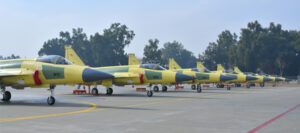
Besides Pakistan, JF17 fighters are operated by the Nigeria Air Force (NAF) and Myanmar Air Force (MAF). Three aircraft were sold to Nigeria in a deal with Pakistan Aeronautical Complex (PAC) Kamra. This government-to-government deal between Pakistan and Nigeria included the training of pilots, maintenance crews, and sustainment. With the three aircraft delivered in May 2021, PAF stationed a Technical Support Team (TST) in Nigeria to help in the maintenance and training of Nigerian ground crews. Accurately delivering laser-guided bombs with their integrated ASELPODs, the JF17s have been praised by the NAF Chief for their contribution to the war against terrorism. The presence of TST, assured follow-on spares and technical support by PAC has enabled high operational availability of the three NAF JF17s despite their small numbers. This is because PAF has a robust maintenance regime based on the USAF maintenance system adopted with the F16 fleet in the early 80s. The same has been improved and implemented across its fleet for all types of aircraft. The Nigerian crews were trained on the same system and provided necessary technical literature, tools, and training to undertake the maintenance effectively.
The sale of 16 JF17 aircraft to Myanmar Air Force including manufacturing of the aircraft, training of pilots and ground crews, and follow-on technical and spares support, seems to have been concluded directly between Myanmar and the Chinese OEM. There is no open source evidence that PAF was directly involved in the assembly of the aircraft, training of MAF pilots or ground crews, placement of TST, or provision of spare packages, technical documentation, and repair services. It seems that MAF was pleased with the JF17 capabilities and after their initial direct purchase from China had negotiated with Pakistan to license-build the JF-17 in Myanmar. It is perplexing that an aircraft that has been so successful and has not encountered quality or maintenance issues in PAF and NAF is reportedly grounded by MAF due to maintenance-related issues that may only be answered in detail by their Chinese supplier. Modern fighter aircraft are complex machines full of avionics systems. They require well-trained engineers and crews to maintain with support from OEMs. Often a technical support team is placed by the OEM in the customer’s premises to help with maintenance and coordinate repairs and spare support which has to be contracted separately in order to maintain and operate the aircraft beyond the initial warranty period. When such arrangements are not in place the operational availability of the aircraft and their flyworthiness suffers. A similar case is the sale of 34 F16 Block 52 by US aircraft to Iraq cleared in 2010 and 2011 along with associated weapons and sensors packages. The aircraft delivered in 2016 were supported by technical support teams composed of USAF and Lockheed Martin personnel. However, due to the deteriorating law and order situation in Iraq including attacks on US personnel, the OEM Lockheed Martin withdrew its personnel for the second time. As a result maintenance operations and upkeep could not be carried out on the aircraft and the same soon became non-operational and remained so for so long that Iraqi pilots lost their currency and ability to fly the F16s. The absence of TST and OEM support can render the most robust and prolific Western fighter non-operational and grounded and it seems this may have been the case with JF17 in Myanmar. The details of their arrangement and what went wrong are something that only the OEM or MAF can clarify.
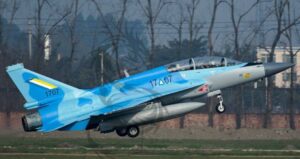
The technical problems leading to the grounding of MAF JF17s were first reported by The Irrawaddy, a news site dedicated to anti-junta news as apparent from its reports on Myanmar’s ruling Junta. Hence, their critical reporting and amplification of these issues is quite understandable. Equally predictable is the multitude of Indian websites, social media platforms, news channels, and publications that have not only disseminated but also embellished this news article with their own unique perspectives. The extensive Indian disinformation network serving worldwide Indian interests that was exposed by the EU DisinfoLab in their detailed report, continues its anti-Pakistan rhetoric, negatively portraying its perceived arch-rival in all possible ways. HAL Tejas India’s own aircraft has not found any export success and after four decades of development, only 40 MK1 have been inducted in the reluctant Indian Air Force (IAF) so far. In their appearances at the Dubai Airshow 2023, the JF17 impressed with its consistent performance, while the Tejas encountered technical difficulties and was forced to abort its display. The first improved MK1A is expected to enter service in 2024 and the desired MK2, meeting IAF requirements, in 2027. The envious Indian government has tried its best to scuttle possible JF17 sales. In its February 2022 Issue, the Air Force Monthly magazine revealed that in February of 2015 when the JF17 deal with Sri Lanka was near finalization, “Indian establishment sent a very loud and clear message, stating that it would cut its $400 million financial assistance to its neighbor if the deal went ahead”. Similarly hectic media campaign was undertaken to throw spanners when the JF17 was offered to Malaysia and India even pitched its Tejas along with aggressive diplomacy. Pakistan and China later withdrew the JF17 bid when it became clear that the Malaysian Air Force (MAF) required a lead-in fighter trainer (LIFT) and China instead pitched its L-15 trainer; however, MAF selected South Korea’s TA-50. Similarly, the Indian team visited Argentina and its disinformation network published blemishing materials on JF17 when the possibility of a sale to Argentina was announced. Under intense US pressure, Argentina agreed to purchase old Danish F16 aircraft. Given the dismal quality of HAL’s previous exports to the South American nation of Ecuador when it returned the HAL Dhruv helicopters after several crashes, it would be a surprise if their offer is ever taken seriously.
The quality, performance, weapon & sensor integration, and growing capabilities of JF17 and its low acquisition and operating costs are the reasons that their production and induction continue in PAF, even as it is inducting bigger and more capable J10C fighters. The fighter has found success and a large number are now serving in various squadrons of PAF. Sales of high-end fighters is a tricky geopolitical issue. In a world embroiled in great power competition, selecting and acquiring a major defense article is perceived to signal political inclination and bring about intense pressure and counteroffers by the opposing sides as witnessed in the case of JF17 sales attempts around the world. Nevertheless, there is no other fighter matching its low acquisition and operation costs, multirole capabilities, variety of sensors and weapons, and unrestricted freedom of operation without strings attached.
There are important lessons in Myanmar’s JF17 and Iraqi F16 saga for medium and small air forces seeking to acquire high-end weapon systems such as fighter aircraft. After considering the permissive geopolitical environment for a fighter deal, it is vital to structure the acquisition and logistics correctly in order to ensure the operational availability of the systems through their life cycles. An Integrated Logistics Support (ILS) approach, detailed by James V Jones in the Integrated Logistics Support Handbook, is a well-established process for the same. Though a comprehensive ILS process may initially seem time and resource-intensive it yields results in terms of higher operational availability and lower lifecycle costs. Procurement of JF17 directly from Pakistan comes with a comprehensive ILS package and a support plan. It is important to identify facilities, training, tools, documentation, technical support, spare parts, level of repair and repairable management system, etc, and contract the same. These may be catered in main acquisition contracts for the initial two to three years of operations. However, there has to be a follow-on support contract for sustainment, either with the seller government or with the OEMS of the platforms, engines, and other main equipment and systems separately, that among other features, includes placement of TST in the buyer’s premises. Equally important is to think through the total financial burden of the program or its lifecycle costs and not just the acquisition. Estimating annual operational and maintenance, overhaul, rebuild, and upgrade costs can help determine the affordable extent and configuration of the program. Hurrying with the acquisition without thinking through, planning, and employing the logistics and financing is a recipe for failure.
Author: Fatima Kiyani
Fatima has done BS Mathematics with a minor in Data Science. She is presently a MS Data Science student at National University of Science and Technology. Her interests include mathematical modelling underlying Machine Learning. She is a defence technology enthusiast and passionate about fighter aircraft. She can be reached at fatima.kiyani.sufaira@gmail.com.
Fatima Kiyani
Fatima has done BS Mathematics with a minor in Data Science. She is presently a MS Data Science student at National University of Science and Technology. Her interests include mathematical modelling underlying Machine Learning. She is a defence technology enthusiast.
- Fatima Kiyani#molongui-disabled-link


